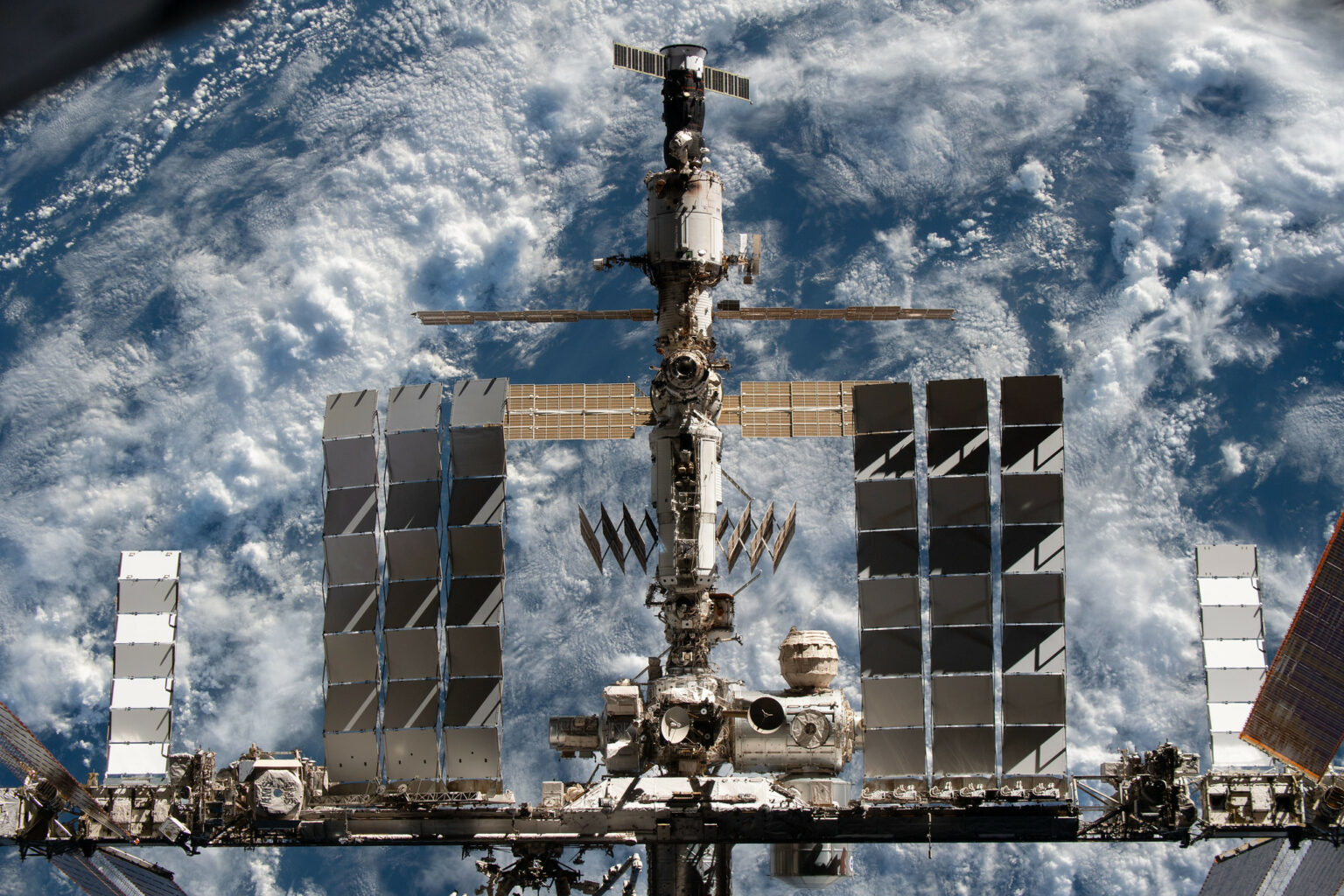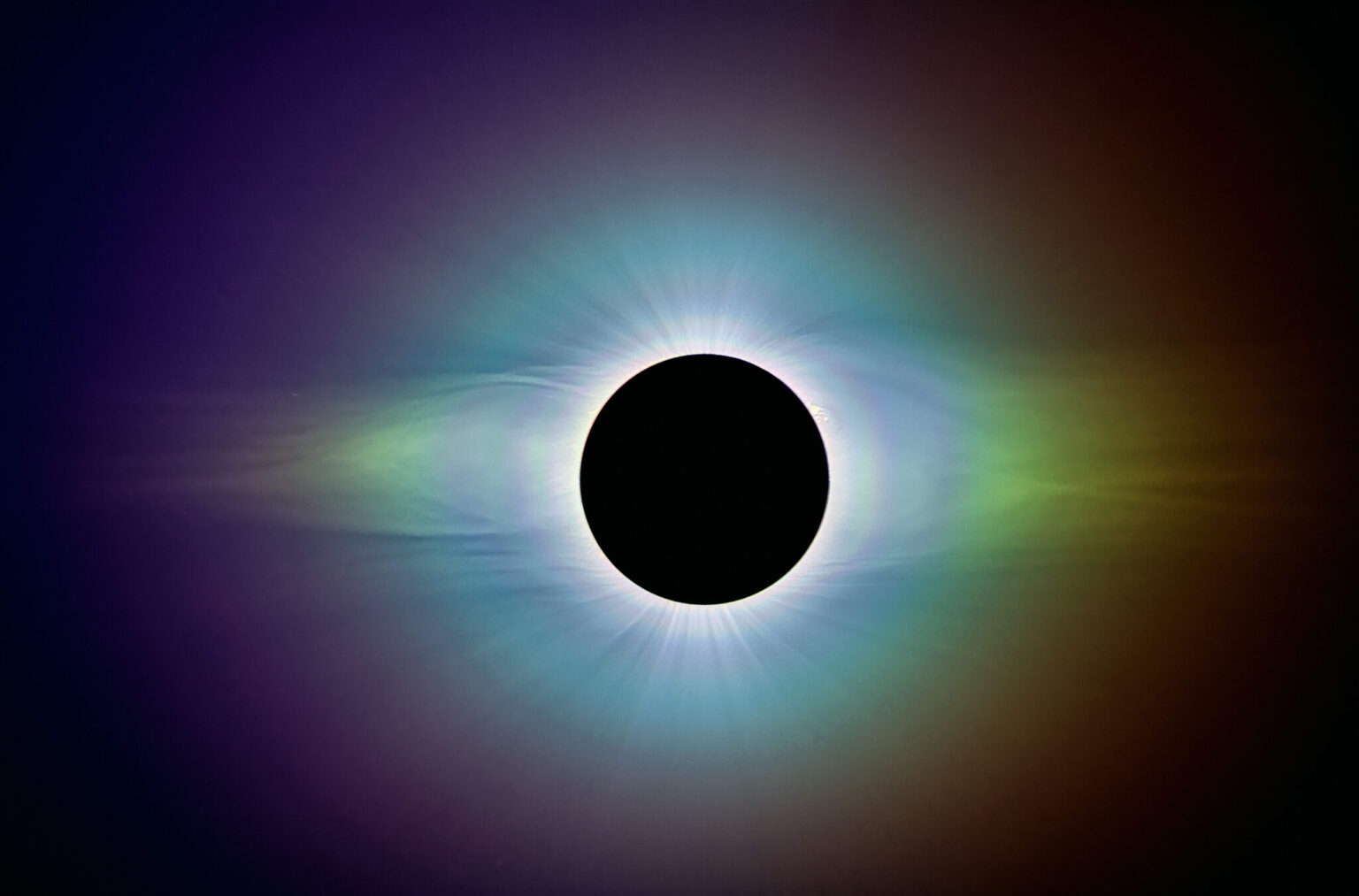Selection of the most interesting space news for the week: Virgin Orbit suspends launches and dismisses employees; Axiom Space showed a new spacesuit for the Artemis III mission; and we talk about how the study of the Sun began.
“The easiest way to solve a problem is to deny it exists”
― Isaac Asimov, The Gods Themselves
NASA signs a contract with Firefly Aerospace to deliver cargo to the Moon
NASA has signed a USD 112 million contract with Firefly Aerospace. It provides for the landing of a spacecraft with a payload on the far side of the Moon. The contract is an integral initiative of Commercial Lunar Payload Services (CLPS), under which NASA encourages commercial companies to build monthly modules and use them to send various auxiliary equipment necessary for the normal deployment of Artemis.
Recall that Firefly Aerospace, which carried out the first successful launch of its rocket into orbit in October 2022, has experienced several difficult periods in its history, including the rescue from bankruptcy in 2017 thanks to the investments of Noosphere Ventures, founded by Ukrainian entrepreneur Max Polyakov.
Grain breakthroughs are noticed from space: Ukraine has successfully harvest during the war
In the first days of the war, food security experts were interested in whether Ukrainian farmers would be able to harvest wheat and barley that they sowed last autumn. But according to NASA Harvest estimates, Ukrainian farmers harvested 26.6 million tons of wheat in 2022. This is slightly less than expected, but close to the five-year average of 27.9 million tons. However, due to the war, Ukraine does not have access to 22% of this wheat in the occupied east.
At the beginning of Russia’s full-scale invasion in February, analysts warned that from 20% to 30% of winter crops in Ukraine might not be harvested. However, the analysis of NASA Harvest shows that 94% of winter crops were harvested, including 88% of winter crops in territories not controlled by Ukraine. Thanks to the lifting of the blockage of several Black Sea ports, part of the harvested Ukrainian grain eventually reached world markets. Since the beginning of the war, about 5.4 million tons of wheat have been shipped from Ukraine, as evidenced by data from the Ministry of Agrarian Policy and Food of Ukraine in November 2022.
For rent to astronauts: Axiom Space presents a spacesuit for the Artemis III mission
A prototype of the Axiom Extravehicular Mobility Unit (AxEMU) commercial spacesuit was presented, in which astronauts would land on the Moon as part of the third Artemis mission. The new spacesuit is made by the private firm Axiom Space, which provides space services for the aerospace administration. The suit was created based on the xEMU prototype developed by engineers at NASA’s Johnson Space Center in Houston. The new Axiom Extravehicular Mobility Unit (AxEMU) spacesuit provides increased flexibility, better protection from harsh environments and specialized tools to meet research needs and expand scientific research. To create AxEMU, industry experts from Air-Lock, Arrow Science and Technology, David Clark Company, Paragon Space Development Corporation, Sophic Synergistics и APT Research were involved.
Virgin Orbit suspends launches and dismisses employees
On Wednesday, at a general meeting of employees, Virgin Orbit announced the dismissal of most of them. Only a small staff of managers remained at the enterprise. This measure is called forced and temporary in the company itself. Employees are promised to be restored as soon as the company overcomes difficulties and finds new sources of financing. Virgin Orbit did not comment on these messages. They only confirmed that they were really stopping these operations.
All operations will be suspended from March 16 and until then this downtime will last at least a few weeks. The news of this has already led to a 52 percent drop in Virgin Orbit’s stock price on all exchanges.
Amazon promises satellite Internet Project Kuiper at speeds up to 1 Gbit/s
Amazon presented a set for connecting to the satellite Internet as part of the Project Kuiper service. Amazon’s satellite Internet will use a group of small satellites to provide broadband services to customers around the world. It will focus primarily on those regions that are not serviced or underserved by current Internet technologies.
To receive a broadband signal, customers will need a terminal. However, Amazon assures that their terminals will be lighter, more powerful and cheaper than SpaceX’s Starlink. Project Kuiper terminals will run on their own processor called Prometheus. It is 28 cm across and 3 cm thick. It is capable of providing Internet connection speeds of up to 400 Mbit/s. Users will be offered a cheaper 7-inch model, but with an access speed of only 100 Mbps. For the corporate sector, telecommunications and government organizations where ultra-high speed is required, an antenna of 48×76 cm in size is offered, providing speeds up to 1 Gbit/s.
Photo of the week
Researchers from NASA have created a new map showing possible water deposits near the south pole of the Moon. For this, they used data obtained by the recently “retired” SOFIA flying observatory. The data available to scientists suggest that the Moon may contain significant reserves of water in the form of fractions of water ice in its regolith. It is believed that their bulk is contained at the bottom of eternally shaded craters located near the south pole of the Moon.
Interesting figure — USD 1 billion

NASA plans to spend a billion dollars to create a special space tug. It will be used for safe descent of the ISS from orbit after the participating countries decide to terminate its operation. Until recently, NASA planned to use Russian Progress spacecraft for this purpose. They could change the orbit of the ISS in such a way as to direct its debris to the South Pacific Ocean in the area of the so-called cemetery of space technology.
However, the events of the past years have cast doubt on these plans. Open threats to withdraw from the ISS project, as well as a recent series of leaks from Russian spacecraft, have clearly proved that betting on cooperation with Russia is far from the most reliable strategy.
Something to read on the weekend

The Sun is the central star of the Solar System, its most massive object, a source of almost inexhaustible energy, an average star compared to other stars. These are the basics of what we know about it now. In the article The sun in the focus of a telescope, the editors of The Universe Space Tech tell how its study began.
We also recommend that you read an article about the third-most distant star system from us, Luhman 16. You will find out how far it is from us, how many luminaries it consists of, as well as who discovered it and what is interesting about it.
Follow us on Twitter to get the most interesting space news in time
https://twitter.com/ust_magazine

